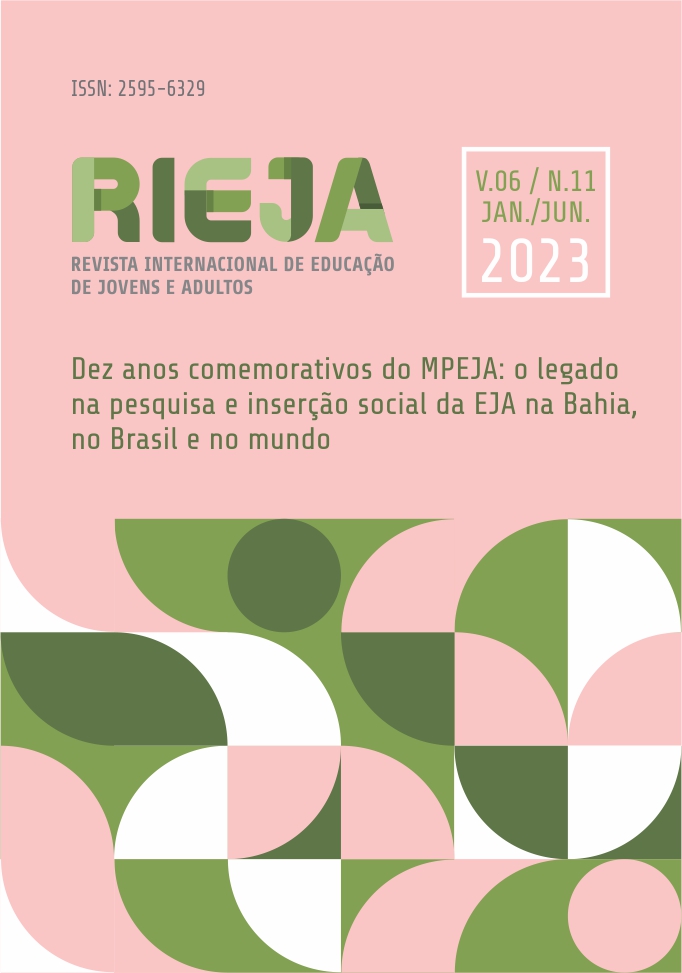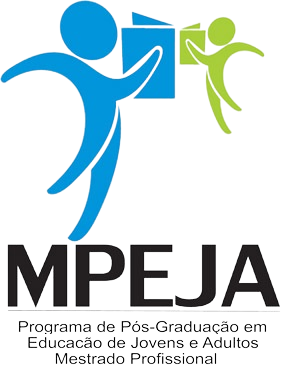Elearning Internacional para Adultos, Brasil
Palavras-chave:
ELearning, Internacionalização do Aprendizado Online e Expansão do Ensino a Distância em PortuguêsResumo
O autor apresenta uma perspectiva internacional do ELearning como um ecossistema que transforma os sistemas educacionais em todo o mundo. O ELearning é organizado através de quatro níveis aninhados: internacional e regional (determinado principalmente pelo idioma), instituição ou programa, cursos e recursos educacionais. É a grande mudança que ocorre na Educação com o advento do século XXI. Nessa perspectiva global, o crescimento do ELearning no Brasil por causa da COVID-19 é visto como uma oportunidade de expansão internacional para além do limite de países que têm o português como língua nativa; isso inclui os Estados Unidos, Canadá e Europa Ocidental, que têm sido os principais receptores da diáspora brasileira. O artigo conclui com recomendações estratégicas, organizacionais e pedagógicas, sobre como alcançar a internacionalização do ELearning
Downloads
Referências
ABED (2015) Associação Brasileira de Educação a Distância. Analytic Report of Distance Learning in Brazil
Alves, Lucineida (2011) Educação a distância: conceitos e história no Brasil a no mundo. Revista da Associação Brasileira de Educação a Distância. Rio de Janeiro
Bates, Tony (2005) Technology, Elearning, and Distance Education. Second Edition. London: Routledge-Falmer Studies in Distance Education.
Bloom, B. S. (1956). "Taxonomy of Educational Objectives, Handbook I: The Cognitive Domain." New York: David McKay Co Inc.
Brown, J. S. (2000). Growing up digital: How the web changes work, education, and the ways people learn. Change Magazine. March/April, pp. 11-20.
Chacon, Fabio and Shaw, Julie (2010) Structure and Change in ELearning: An Ecological Perspective. In Song, Holim (Ed.) (2010) Distance Learning Technology, Current Instruction, and the Future of Education. Information Science Reference: Hersey, PA.
Crandall, B, Klein, G., and Hoffman, R. (2006) Working Minds: A Practitioners Guide to Cognitive Task Analysis. Bradford Book, The MIT Press, Cambridge, MA.
Docebo (2017) Global ELearning Infographic. Recovered from: http://www.docebo.com
Garrison, D. R. and Anderson, T. (2003) ELearning in the 21st Century: A Framework for Research and Practice. London: Routledge/Falmer
IHMC (2019) The Institute for Human & Machine Cognition. Public Maps. Recovered from: https://www.ihmc.us/ rid=1181915368250_788348714_5063.
Jenkins, H. (2006). Convergence Culture: Where Old and New Media Collide. New York: New York University Press.
Kim, D; Lee, J.; Lin, Y, and Kang, Y. (2021). Journal of Educational Evaluation in the Health Professions, 18: 24. Published online 2021 Sep 23. doi: 10.3352/jeehp.2021.18.24.
Kipp, M. (2021) Impact of the COVID-19 Pandemic on the Acceptance and Use of an E-Learning Platform. International Journal of Environmental Research and Public Health. Nov; 18(21): 11372. Published online 2021 Oct 29. doi: 10.3390/ijerph182111372.
Maryland Online (2017) Quality Matters Rubric for Online and Hybrid Courses. Recovered from: https://www.qualitymatters.org/qa-resources/rubric-standards
Merrill, M. D. (2000). "Knowledge objects and mental models." In D. A. Wiley (Ed.), The Instructional Use of Learning Objects: Online Version. Retrieved June 7, 2008, from the World Wide Web: http://reusability.org/read/chapters/merrill.doc
Universidade Aberta do Portugal (2017) Modelo Pedagogico. Recovered from: https://repositorioaberto.uab.pt/
Palloff and Pratt (2007) Building Online Learning Communities: Effective Strategies for the Virtual Classroom, 2nd Edition. San Francisco: Jossey-Bass
Peters in (1983) Peters, O. (1983) Distance teaching and industrial production: a comparative interpretation in outline. In D. Sewart, D. Keegan and B. Holmberg (Eds.). Distance education: International perspectives. (pp. 95-113) London: Croom-Helm
Romiszowski, Alexander (2003). The future of ELearning as an educational innovation: Factors influencing project success and failure. Revista Brasileira de Aprendizagem Aberta e a Distância, SãoPaulo,Setembro. 2003.
Russell (2001) Russell, T. L. (2001) The no significant difference phenomenon. Fifth Edition. IDECC (The International Distance Education Certification Center).
Shadbolt, N., Berners-Lee, T. (2008) Web Science Emerges. Scientific American, 229, 4, October 2008, 81.
Song, Holim (Ed.) (2010) Distance Learning Technology, Current Instruction, and the Future of Education. Information Science Reference: Hersey, PA.
Tavares, Romero (2007). Construindo mapas conceituais. Ciências & Cognição ; Vol. 12: 72-85
Wikipedia (2017) List of largest universities by enrollment. Recovered from: http://en.wkikipedia.org
Wikipedia (2023) The Brazilian Diaspora. Recovered from: https://en.wikipedia.org/wiki/Brazilian_diaspora
Wiley, D. A., (ed.) The Instructional Use of Learning Objects: Online Version. Retrieved Jan 30, 2008, from the World Wide Web: http://www.reusability.org/read/
Arquivos adicionais
Publicado
Como Citar
Edição
Seção
Licença
Copyright (c) 2023 Fábio Chacón

Este trabalho está licenciado sob uma licença Creative Commons Attribution-NonCommercial 4.0 International License.
http://creativecommons.org/licenses/by-nc/4.0
Autores mantém os direitos autorais e concedem à revista o direito de primeira publicação, com o trabalho simultaneamente licenciado sob a Licença Creative Commons Attribution que permite o compartilhamento do trabalho.
Copiar e redistribuir o material em qualquer suporte ou formato.
Adaptar — remixar, transformar, e criar a partir do material
Encaminhamento dos textos para a revista implica a autorização para a publicação.
A aceitação para a publicação implica na cessão de direitos de primeira publicação para a revista.
Os direitos autorais permanecem com os autores.
Os autores dos textos assumem que são autores de todo o conteúdo fornecido na submissão e que possuem autorização para uso de conteúdo protegido por direitos autorais reproduzido em sua submissão.








